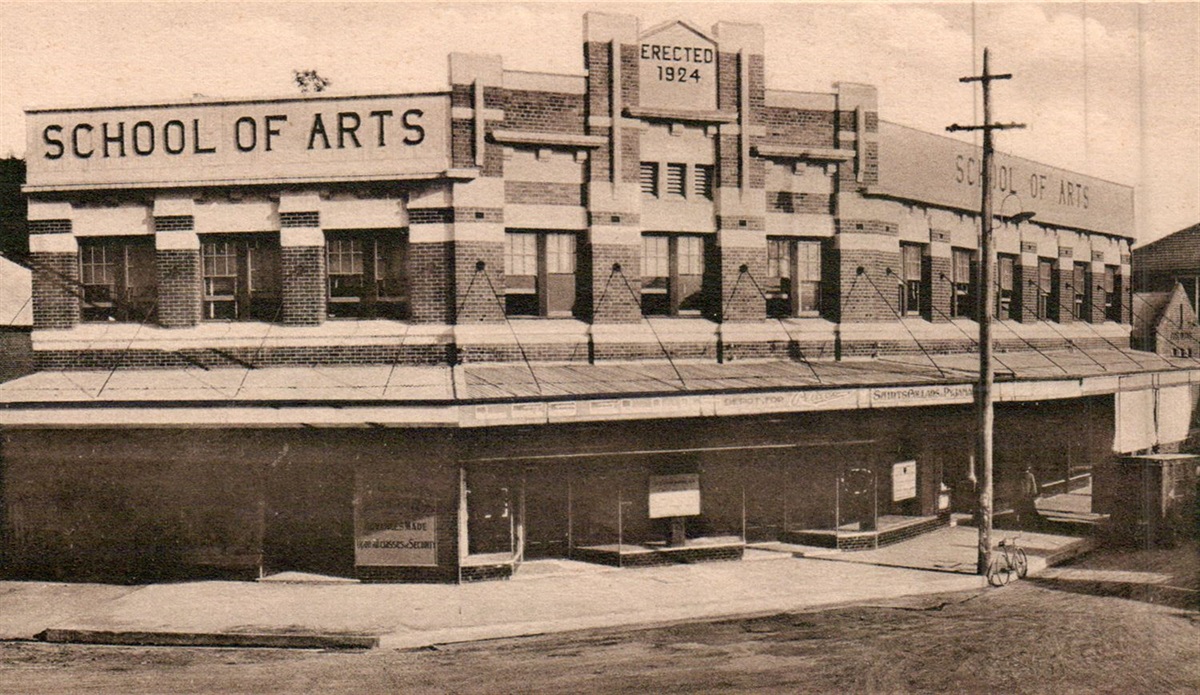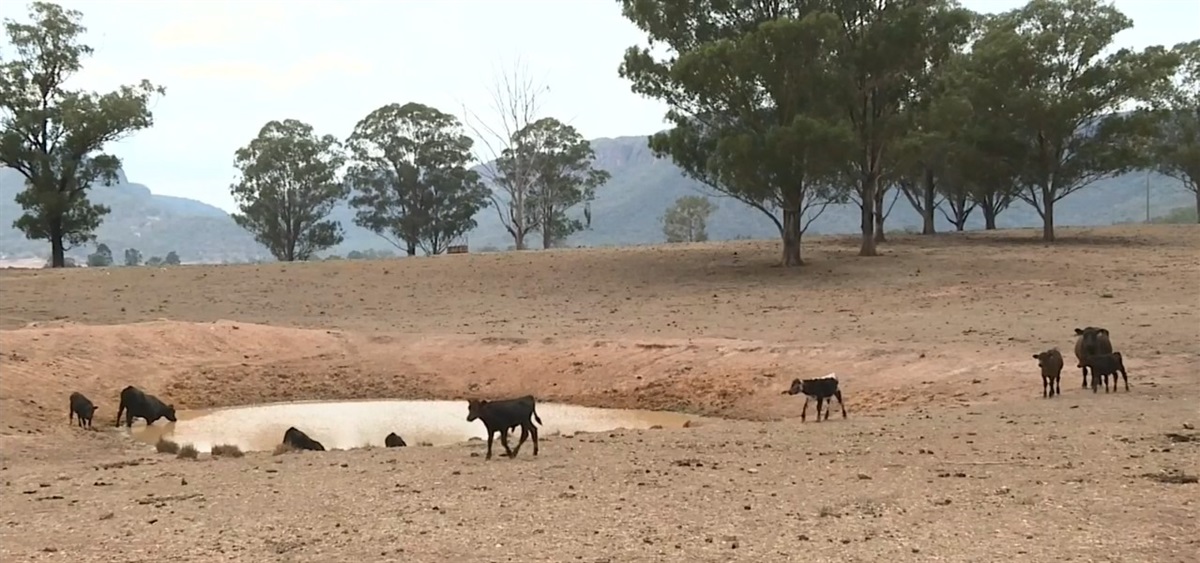The property market will remain weak well into 2020 unless the RBA cuts interest rates and these are passed on by the banks.
However, it was the introduction of lending restrictions by APRA, followed by the greater scrutinisation of loan applications as a result of the Royal Commission, that was the catalyst for the downturn, says Doron Peleg, CEO of RiskWise Property Research which has just released its latest Quarterly Risks & Opportunities Report.
He said tighter lending standards, the findings of the Banking Royal Commission, political uncertainty, fears of the potential changes to negative gearing and capital gains tax, restrictions on foreign investors,unit oversupply and large falls in dwelling commencements had all had a material impact on the property market.
“The major risks associated with residential property have, and continue to be, significantly increased in comparison to the risk levels in the long term,” he said.
“This is due to a combination of factors that are changing the face of the property landscape with no price increases and significant improvement expected until at least the end of 2020.
“There’s an 80 per cent chance the ALP will come into power at the forthcoming Federal election and this win will see the implementation of their policy to limit negative gearing to new housing only and reduce the discount on capital gains tax from the current 50 per cent to 25 per cent tocome into effect on January 1, 2020. This will simply make property investment, in both existing and new dwellings, by far less attractive.
“RiskWise demonstrated that fears of the proposed changes have already impacted the market with price reductions accelerating following the Liberal Party leadership spill in August last year. In addition, auction clearance rates dropped below 50 per cent towards the end of 2018 in both Sydney and Melbourne and are currently in the low to mid-50s.”
Mr Peleg said buyer sentiment had been greatly diminished with strong reductions in activity by investors who realised they had to wait for the election results, the implementation of the taxation policy, and a new low equilibrium point to be reached, before they could act.
“Investors understand the potential increases to out-of-pocket expenses due to the taxation changes, which areequivalent to a significant and sudden interest rate increase of 1.15 per cent in the Sydney unit market,” he said.
RiskWise analysis shows there is an 80 per cent likelihood the RBA will cut interest rates during the second half of 2019 with a further cut before the end of the year or early 2020, with the banks ‘highly likely to pass them fully on to borrowers’.
“This will significantly reduce price reductions, particularly in the Sydney and Melbourne markets, and increase demand in the markets that have shown resilience and already enjoy good demand. Interest rate cuts have a direct impact on out-of-pocket expenses and also have an impact on buyer sentiment, particularly investors,” Mr Peleg said.
“GDP growth is also below target, largely due to a reduction in dwelling commencements, and a drop in consumer sentiment has an impact on household spending.
“In fact, according to ABS data, there has been a major reduction in household wealth, driven by a reduction of land and property values. While household wealth is falling, the household-debt-to-income ratio hit a new record just shy of 200 per cent.
“While APRA has removed the 30 per cent interest-only lending cap, this is unlikely to have a material impact on the housing market. Banks will continue to mitigate the risks associated with interest-only loans in a market where the majority of the properties that are purchased or re-financed are depreciating assets. In addition, there is a 7 per cent stress test (where many lenders set the stress test at 7.25 per cent) when it comes to the ability to service a loan making it extremely difficult to get approval from lenders.
“Negative equity has also become a major risk, particularly for lenders who have concentration of loans in weak markets within Western Australia, Queensland and the Northern Territory. Also, the majority of the properties that have been purchased in Sydney and Melbourne in the past couple of years have depreciated in value and properties that have loan-to-value ratio (LVR) of 90 per cent or more carry a high level of risk of negative equity.”
Mr Peleg said the next quarter would be crucial for the housing market due to the election results and expected high level of certainty regarding RBA’s interest rate cuts, but expected the weak outlook to continue.
He said macro-economic measures, particularly in relation to Consumer Price Index (CPI), employment and GDP growth would play central roles in whether there would be an interest rate reduction sooner rather than later.
“Our analysis shows us however, that at least for the foreseeable future, and especially with the likely introduction of the taxation changes, that the weak housing market will continue with high levels of apartment supply, combined with low sales volumes, and a continuous reduction in dwelling commencements, that will help to absorb the high level of supply gradually over time” he said.
State-by-State Overview:
In New South Wales, the combined effects of unaffordable housing, poor investment serviceability ratio and lending restrictions have led to a quick reduction in house and unit prices. In addition, there has been a significant reduction in investor activity. Without RBA interest rate cuts and / or a Labor loss in the federal election, Sydney is likely to experience continuous price reductions over the next couple of years, with an estimated annual reduction of 4-6 per cent for both this year and 2020. Some regional areas, however, are likely to hold well. An RBA interest rate cuts is likely to mitigate price reductions.
Victoria has the highest population growth in the country, enjoys a solid economy and a healthy job market. However, like NSW, dwelling prices have fallen, although to a lesser extent, as have auction clearance rates. Again, this fall can be attributed to the same factors as that of NSW – lending restrictions, significantly lower investor activity, fear of changes to the current taxation regime and expectations of price reductions. Therefore, without RBA interest rate cuts that are much needed to support this market and / or a Labor loss in the federal election, over the next couple of years, the prospect for the Melbourne housing market is negative with annual price reductions in the order of 4-7 per cent for both this year and 2020. However, a number of regional areas, in particular Geelong and Ballarat, which deliver solid capital growth, present only a low level of risk and are projected to continue delivering solid capital growth both in the short and long term.
The Australian Capital Territory delivered good economic growth and experienced the second largest population growth rate in the country, delivering capital growth and a relatively resilient property market. While growth rates have decelerated in recent months, dwellings in the ACT present a relatively low level of risk for major price reductions and are projected to deliver modest capital growth in the next couple of years. Houses are still enjoying, and likely to continue to do so, some capital growth while the unit market remains reasonable, although it does carry a higher degree of risk to deliver negative growth in the short term, particularly due to its reliance on investor activity.
The modest growth pace in the Queensland housing market continues although for units remains poor or negative. Some areas, particularly in South-East QLD including the Gold Coast and the Sunshine Coast, enjoy good population growth and healthy demand for houses. Other areas, such as Central QLD, are still experiencing poor demand for dwellings, very high vacancy rates and a very soft property market. An oversupply of units in inner Brisbane makes this market particularly susceptible to the impact of potential taxation changes. Other areas that have a high supply of new units also present high levels of risk, particularly where there are relatively affordable houses as, generally, houses are significantly preferred dwelling alternatives.
The South Australian economy has shown some improvement but still has a high effective unemployment rate which has led to very low population growth and soft housing demand meaning only modest capital growth is forecast for houses. However, houses in popular areas, such as Adelaide Central and Hills carry a low level of risk and are projected to deliver solid long-term returns. Some areas have unit oversupply and are experiencing weakness, particularly Adelaide CBD where poor growth is forecast.
In Western Australia, lending restrictions had the most impact thanks to its weaker economy. Perth prices, which had stabilised, began to fall once again. The impact is expected to increase if a blanket approach is also taken when implementing the proposed taxation changes. While the state’s economy has returned to positive growth, a combination of a very high effective unemployment rate, low population growth and a significantly below-average economic activity level has resulted in price reductions for both houses and units. Finally, units carry a very high risk due to the combination of oversupply, lending restrictions and low demand, particularly in central Perth.
Tasmania leads the country in investment serviceability with its high median rental returns and low average dwelling price. However, Hobart has gone off the boil, with CoreLogic figures showing a 0.9 per cent slide of dwelling prices last month. Houses fell 1.2%, while unit growth was only 0.3% in March. A significant increase in dwelling prices in recent years, less affordable housing, decelerated price growth, fewer people turning up to open home inspections and fewer inquiries on listings, indicate that housing affordability has made an impact and that the growth rate was unsustainable. It is projected to significantly decelerate in 2019 and further into 2020, with some areas likely to deliver very low or negative capital growth.
The Northern Territory experienced poor population growth resulting in negative dwelling growth and a very soft property market. Poor demand for dwellings and price reductions, combined with a relatively high median household income have resulted in the most affordable dwellings (i.e. the lowest price-to-income ratio) in the country. The property market is projected to remain soft, particularly for units. Furthermore, it is likely that the NT housing market will be a victim of unintended consequences from the blanket implementation of the potential taxation changes that will further reduce investor activity.
/Public Release. View in full here.








